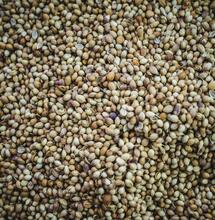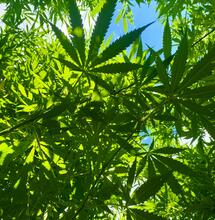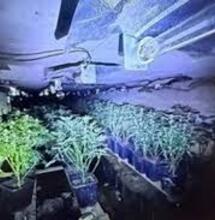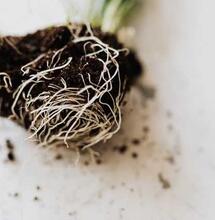Viroid-Resistant Purple Cannabis Strain Identified

Hop latent viroid (HLVd) is a common virus seen worldwide in the hop plant. Still, in recent years it has jumped to cannabis, destroying THC yields in infected plants.
HLVd causes cannabis plants to make smaller flowers and significantly less THC. Under an electron microscope, mature trichomes where most THC is located resemble a deflated balloon instead of the standard ball shape you would expect.
A previous study has shown that up to 90% of California cannabis is infected with HLVd and could potentially cost the industry up to $4 billion in lost yields. Whilst the viroid is awful news for cannabis, it does only infect plants, and there is no physical danger to people.
However, scientists from Massachusetts-based Medicinal Genomics have observed a cannabis variety, Jamaican Lion, that appears partially resistant to HLVd, turning purple as it fights against the viroid.
Jamaican Lion is also known for being an award-winning strain rich in CBD.
As part of the study, scientists rubbed the viroid directly onto cut leaves of the plant to infect them, then injected a plant with the viroid. Six weeks later, the plant variety was still not infected after repeating the test 57 times.
While the researchers were able to detect HLVd in the plant’s roots, the leaf and flower tissue tested negative up until harvest time.
“We don’t know why this is happening. This could be an immune response, but we’re not seeing this purple colouring as heavily increased in the control that’s not infected.”
It’s not immediately clear why this strain plant was found to be resistant to the viroid. Researchers said that it turned purple as anthocyanin levels were increased. Anthocyanin is a naturally present chemical that encourages a purple colour in some strains of cannabis and already has proven links to fighting viroids. The findings seem to suggest that scientists should look to see if more purple plants could be resistant to HLVd.
“There are publications that links anthocyanin production with viroid infection. This is in different plants and with different viroids. Still, these anthocyanins are a known immune response for plants,”
HLVd poses a “major threat” to cannabis farms, with some calling it the “COVID of the cannabis world.” Research suggests that THC yields from infected plants can fall as much as 40%.
Medicinal Genomics’ long-term answer in the battle against HLVd is to try and develop resistant cultivars—possibly some purple varieties—that do not appear to lose yield or potency loss when faced with the viroid.
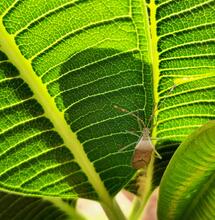
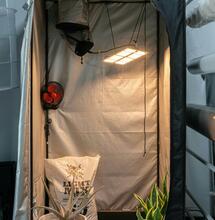
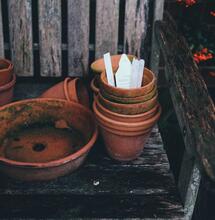
.png)
